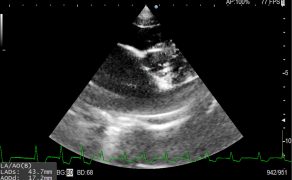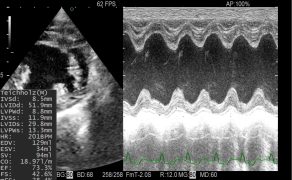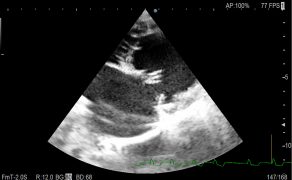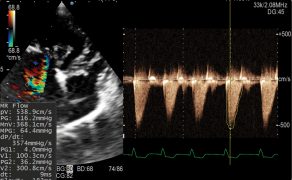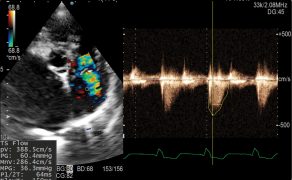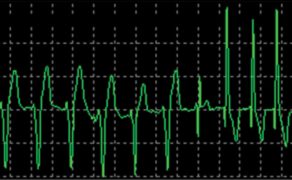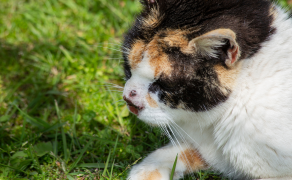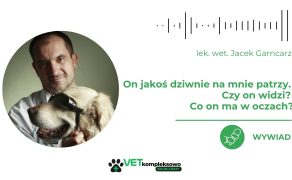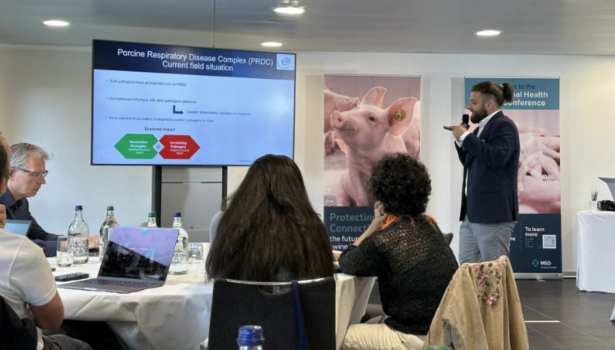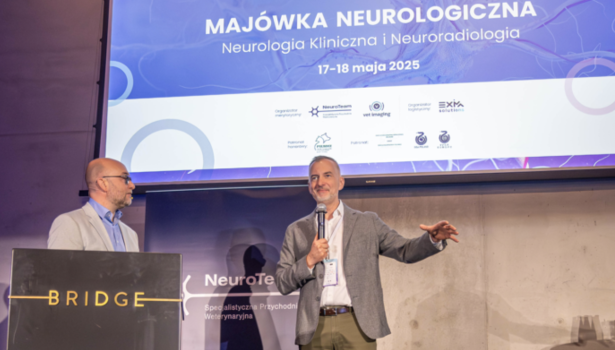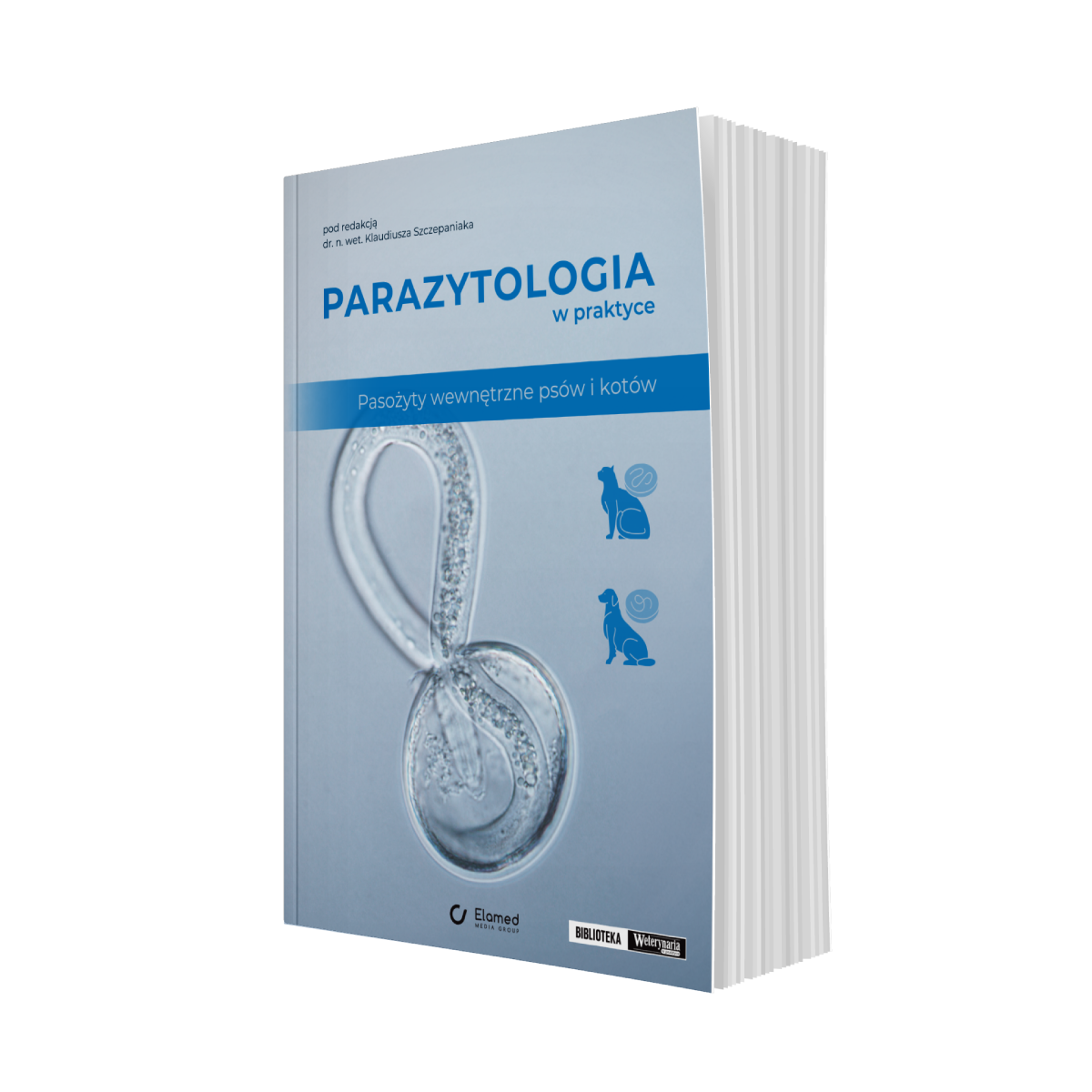Rozwój migotania przedsionków w efekcie progresji zwyrodnienia zastawki mitralnej u psa Opis przypadku
Piśmiennictwo
- Kittleson M.D.: Myxomatous Atrioventricular Valvular Degeneration. [In:] Kittleson M.D., Kienle R.D. (eds.): Small Animal Cardiovascular Medicine, Mosby, St. Louis, MO 1998.
- Keene B.W., Atkins C.E., Bonagura J.D., Fox P.R., Häggström J., Fuentes V.L., Oyama M.A., Rush J.E., Stepien R., Uechi M.: ACVIM consensus guidelines for the diagnosis and treatment of myxomatous mitral valve disease in dogs. „J Vet Intern Med”, 2019, 33 (3), 1127-1140.
- Atkins C., Bonagura J., Ettinger S., Fox P., Gordon S., Haggstrom J., Hamlin R., Keene B., Luis-Fuentes V., Stepien R.: Guidelines for the diagnosis and treatment of canine chronic valvular heart disease. „J Vet Intern Med”, 2009, 23, 1142-1150.
- Menciotti G., Borgarelli M.: Review of diagnostic and therapeutic approach to canine myxomatous mitral valve disease. „Vet Sci”,2017, 4, 47-61.
- Buchanan J.W.: Chronic valvular disease (endocardiosis) in dogs. „Adv Vet Sci Comp Med J Vet Cardiol”, 2004, 6, 6-7.
- Häggström J., Hansson K., Kvart C., Swenson L.: Chronic valvular disease in the cavalier King Charles spaniel in Sweden. „Vet Rec”,1992, 131, 549-553.
- Borgarelli M., Zini E., D’Agnolo G. et al.: Comparison of primary mitral valve disease in German shepherd dogs and in small breeds. „J Vet Cardiol”, 2004, 6, 27-34.
- Madsen M.B., Olsen L.H., Häggström J. et al.: Identification of 2 loci associated with development of myxomatous mitral valve disease in cavalier king charles spaniels. „J Hered”, 2011, 102, 62-67.
- Olsen L.H., Fredholm M., Pedersen H.D.: Epidemiology and inheritance of mitral valve prolapse in dachshunds. „J Vet Intern Med”, 1999, 13, 448-456.
- Aupperle H., Disatian S.: Pathology, protein expression and signaling in myxomatous mitral valve degeneration: comparison of dogs and humans. „J Vet Cardiol”, 2012, 14 (1), 59-71.
- Han R.I., Black A., Culshaw G.J., French A.T., Else R.W., Corcoran B.M.: Distribution of myofibroblasts, smooth muscle-like cells, macrophages, and mast cells in mitral valve leaflets of dogs with myxomatous mitral valve disease. „Am J Vet Res”, 2008, 69, 763-769.
- Yang V.K., Loughran K.A., Meola D.M. et al.: Circulating exosome micro-RNA associated with heart failure secondary to myxomatous mitral valve disease in a naturally occurring canine model. „J Extracell Vesicles”, 2017, 6 (1), 1350088.
- Markby G., Summers K.M., MacRae V.E. et al.: Myxomatous degeneration of the canine mitral valve: from gross changes to molecular events. „J Comp Pathol”, 2017, 156, 371-383.
- Markby G., Summers K., MacRae V. et al.: Comparative transcriptomic profiling and gene expression for myxomatous mitral valve disease in the dog and human. „Vet Sci”, 2017, 4, 3, 34.
- Menciotti G., Borgarelli M., Aherne M. et al.: Mitral valve morphology assessed by three-dimensional transthoracic echocardiography in healthy dogs and dogs with myxomatous mitral valve disease. „J Vet Cardiol”, 2017, 19 (2), 113-123.
- Boller M., Fletcher D.J.: RECOVER evidence and knowledge gap analysis on veterinary CPR. Part 1: evidence analysis and consensus process: collaborative path toward small animal CPR guidelines. „J Vet Emerg Crit Care”, 2012, 22 (1), 4-12.
- Borgarelli M., Buchanan J.W.: Historical review, epidemiology and natural history of degenerative mitral valve disease. „J Vet Cardiol”, 2012, 14, 93-101.
- Whitney J.C.: Cardiovascular pathology. „J Small Anim Pract”, 1967, 8, 459-465.
- Abbott J.: Acquired valvular disease. [In:] Tilley L.P., Smith Jr F.W.K., Oyama M.A., Sleeper M.M. (ed.): Manual of canine and feline cardiology. IV wyd. St. Louis Saunders, 2008, 110-138.
- Häggström J., Pedersen H.D., Kvart C.: New insights into degenerative mitral valve disease in dogs. „Vet Clin Small Anim”, 2004, 34, 1209-1226.
- Falk T., Jönsson L., Olsen L.H., Pedersen H.D.: Arteriosclerotic changes in the myocardium, lung and kidney id dogs with chronic congestive heart failure and myxomatous mitral valve disease. „Cardiovasc Pathol”, 2006, 15, 185-193.
- Boswood A., Häggström J., Gordon S.G., Wess G., Stepien R.L., Oyama M.A., Keene B.W., Bonagura J., MacDonald K.A., Patteson M., Smith S., Fox P.R., Sanderson K., Woolley R., Szatmári V., Menaut P., Church W.M., O’Sullivan M.L., Jaudon J.P., Kresken J.G., Rush J., Barrett K.A., Rosenthal S.L., Saunders A.B., Ljungvall I., Deinert M., Bomassi E., Estrada A.H., Fernandez Del Palacio M.J., Moise N.S., Abbott J.A., Fujii Y., Spier A., Luethy M.W., Santilli R.A., Uechi M., Tidholm A., Watson P.: Effect of Pimobendan in Dogs with Preclinical Myxomatous Mitral Valve Disease and Cardiomegaly: The EPIC Study-A Randomized Clinical Trial. „J Vet Intern Med”, 2016, 30 (6), 1765-1779.
- Behr L., Chetboul V., Sampedrano C.C., Vassiliki G., Pouchelon J.L., Laborde F., Borenstein N.: Beating heart mitral valve replacement with a bovine pericardial bioprosthesis for treatment of mitral valve dysplasia in a Bull Terrier. „Vet Surg”, 2007, 36 (3), 190-8.
- Mizuno T., Mizukoshi T., Uechi M.: Long-term outcome in dogs undergoing mitral valve repair with suture annuloplasty and chordae tendinae replacement. „J Small Anim Pract”, 2013, 54, 104-107.
- Uechi M.: Mitral valve repair in dogs. „J Vet Cardiol”, 2012, 14, 185-192.
- Uechi M., Mizukoshi T., Mizuno T. et al.: Mitral valve repair under cardiopulmonary bypass in small-breed dogs: 48 cases (2006-2009). „J Am Vet Med Assoc”, 2012, 240, 1194-1201.
- Allessie M., Boyden P., Camm A., Kleber A., Lab M., Legato M., Rosen M., Schwartz P., Spooner P., van Wagoner D., Waldo A.: Pathophysiology and prevention of atrial fibrillation. „Circulation”, 2001, 103, 769-777.
- Noszczyk-Nowak A., Pasławska U., Zyśko D., Gajek J., Nicpoń J., Hebel M.: Migotanie przedsionków u psów. „Medycyna Wet”, 2008, 64, 686-689.
- Saunders A.B., Gordon S.G., Miller M.W.: Canine atrial fibrillation. „Compendium”, 2009 (31, 11).
- Manyari D.E., Patterson C., Johnson D., Melendez L., Kostuk W.J., Cape R.D.: Atrial and ventricular arrhythmias in asymptomatic active elderly subjects: Correlation with left atrial size and left ventricular mass. „Am Heart J”, 1990, 119, 1069-1076.
- Vaziri S.M., Larson M.G., Benjamin E.J., Levy D.: Echocardiographic predictors of nonrheumatic atrial fibrillation: The Framingham Heart Study. „Circulation”, 1994, 89, 724-730.
- Takeuchi S., Akita T., Takagishi Y., Watanabe E., Sasano C., Honjo H. et al.: Disorganization of gap junction distribution in dilated atria of patients with chronic atrial fibrillation. „Circ J”, 2006, 70, 575-582.
- Verheule S,. Wilsonly E., Everett T., Shanbhag S., Golden C., Olgin J.: Alterations in atrial electrophysiology and tissue structure in a canine model of chronic atrial dilatation due to mitral regurgitation. „Circulation”, 2003, 107, 2615-2622.
- Verheule S., Wilson E., Banthra S., Everett T.H., Shanbhag S., Sih H.J., Olgin J.: Direction-dependent conduction abnormalities in a canine model of atrial fibrillation due to chronic atrial dilatation. „Am J Physiol Heart Circ Physiol’, 2003, 107, 2615-2622.
- Van den Berg M.P., Tjeerdsma G., Jan de Kam P. et al.: Longstanding atrial fibrillation causes depletion of atrial natriuretic peptide in patients with advanced congestive heart failure. „Eur J Heart Fail”, 2002, 4, 255-262.
- Pedro B., Dukes-McEwan J., Oyama M.A., Kraus M.S., Gelzer A.R.: Retrospective Evaluation of the Effect of Heart Rate on Survival in Dogs with Atrial Fibrillation. „J Vet Intern Med”, 2018, 32 (1), 86-92.
- Gelzer A.R., Kraus M.S., Rishniw M., Moïse S., Pariaut R., Jesty S.A., Hemsley S.A.: Combination therapy with digoxin and diltiazem controls ventricular rate in chronic atrial fibrillation in dogs better than digoxin or diltiazem monotherapy: a randomized crossover study in 18 dogs. „J Vet Intern Med”, 2009, 23 (3), 499-508.
lek. wet. Piotr Frydrychowski
Katedra Chorób Wewnętrznych
z Kliniką Koni, Psów i Kotów
Wydział Medycyny Weterynaryjnej
Uniwersytet Przyrodniczy
we Wrocławiu
pl. Grunwaldzki 47, 50-366 Wrocław
Galeria
Mogą zainteresować Cię również
110
ALGORYTMY
POSTĘPOWANIA
w weterynarii
POSTĘPOWANIA
w weterynarii


